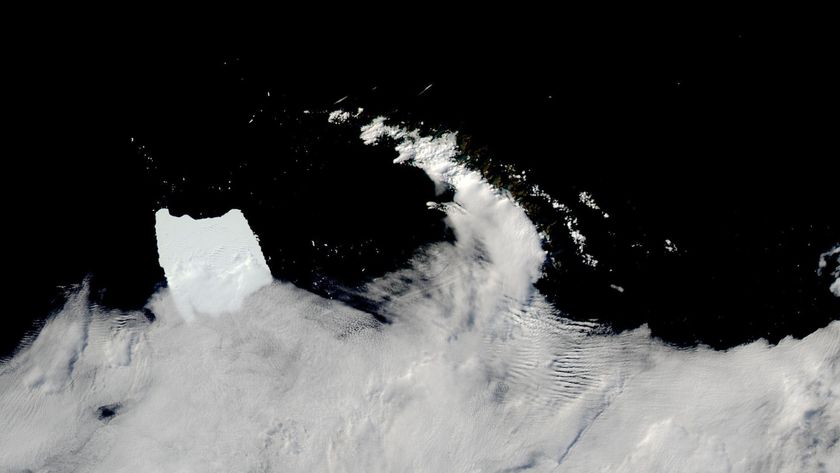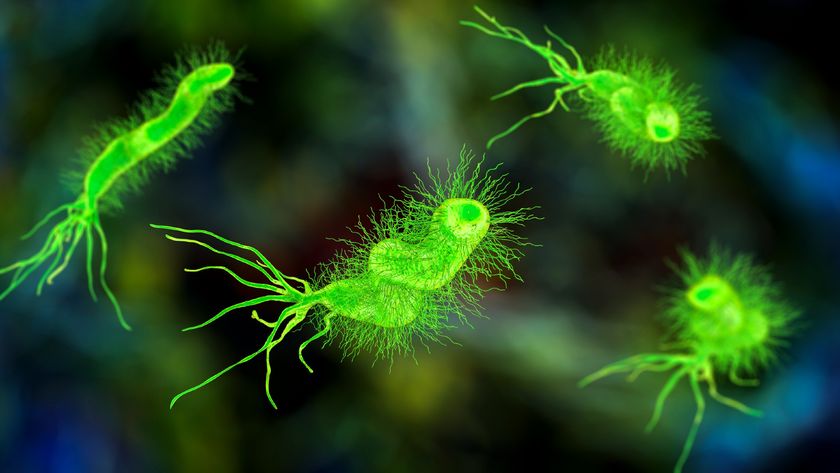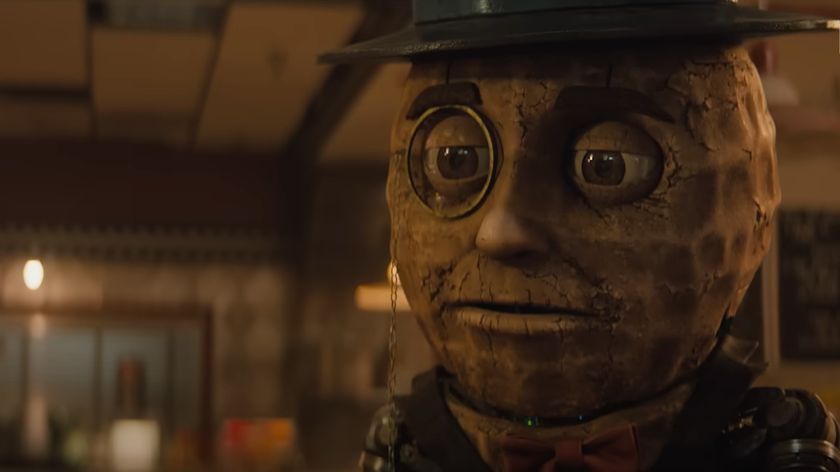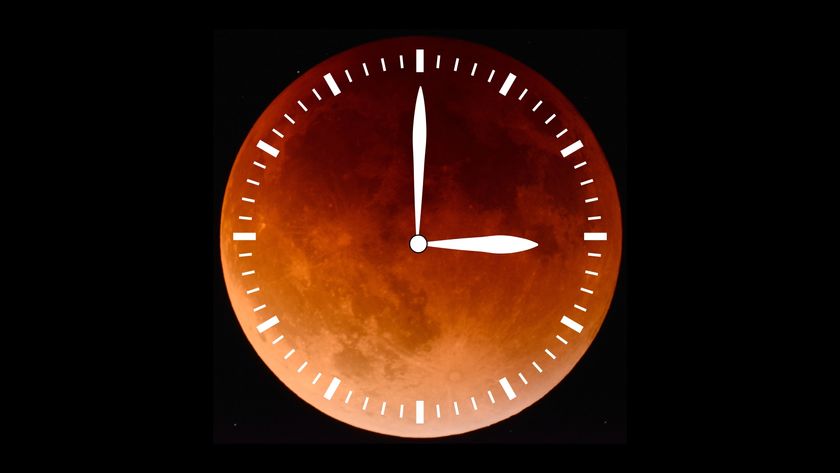Asteroids Data Sheet
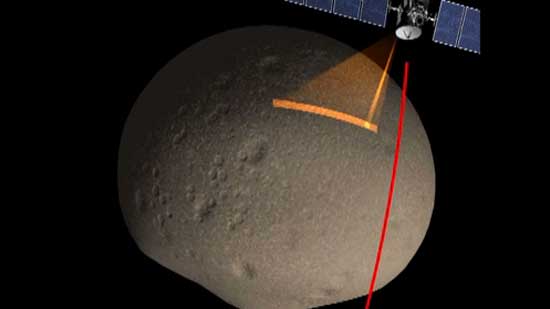
Quick quiz: How many planets orbit our Sun? If you said nine, you're shy by several thousand. Scientists consider asteroids to be minor planets - some are hundreds of miles wide (and seldom round).
Orbits
Most, but not all, orbit the sun in an asteroid belt between Mars and Jupiter. The huge gravitational pull of Jupiter accelerated these asteroids to more than three miles per second -- too fast to prevent violent collisions. Otherwise, they might have joined up to form "real" planets. When asteroids collide, fragments sometimes are sent on a collision course with Earth and become meteors.
Size and makeup
The vast majority of asteroids are small, compared with a large one like Ida, this 32-mile-long chunk of stone and iron that was photographed in 1993 by the Galileo spacecraft. Though we normally think of asteroids as crater-makers, they are typically pockmarked with their own impact craters.
Scientists divide asteroids into two groups, based on how they appear in infrared images: light and dark. The lightest-looking asteroids are rocky bodies with lots of iron and nickel, and they resemble lunar rocks. The darkest asteroids have high quantities of hydrated minerals and carbon.
In the early days of the solar system (some 4.6 billion years ago) asteroids had metallic cores, middle regions of stone and iron, and surfaces of stone. Over time, many of them collided with others and broke apart. The fragments, which became many of today's asteroids, are therefore classified as irons, stony-irons or stony.
Get the Space.com Newsletter
Breaking space news, the latest updates on rocket launches, skywatching events and more!
When an asteroid, or a part of it, crashes into Earth, it's called a meteorite. Here's what they are typically made of:
| Iron meteorite | Stony meteorite | Earth's crust |
| Iron 91%Nickel 8.5%Cobalt 0.6%
Source:Encyclopaedia Britannica | Oxygen 36%Iron 26%Silicon 18%Magnesium 14%Aluminum 1.5%Nickel 1.4%Calcium 1.3% | Oxygen 49%Silicon 26%Aluminum 7.5%Iron 4.7%Calcium 3.4%Sodium 2.6%Potassium 2.4%Magnesium 1.9% |
Origin
There are two hypotheses about how most of the asteroids formed. One says they broke off of a mother planet that existed between Mars and Jupiter. More likely, however, they represent what space was like before the planets formed, and they are the remnants of that process -- bits and pieces that never quite joined together.
The threat of impact
Since the Earth was formed more than four billion years ago, asteroids and comets have routinely slammed into the planet. The most dangerous asteroids are extremely rare, according to NASA.
An asteroid capable of global disaster would have to be more than a quarter-mile wide. Researchers have estimated that such an impact would raise enough dust into the atmosphere to effectively create a "nuclear winter," severely disrupting agriculture around the world. Asteroids that large strike Earth only once every 1,000 centuries on average, NASA officials say.
Smaller asteroids that are believed to strike Earth every 1,000 to 10,000 years could destroy a city or cause devastating tsunamis.
More than 160 asteroids have been classified as "potentially hazardous" by the scientists who track them. Some of these, whose orbits come close enough to Earth, could potentially be perturbed in the distant future and sent on a collision course with our planet.
Scientists point out that if an asteroid is found to be on a collision course with Earth 30 or 40 years down the road, there is time to react. Though the technology would have to be developed, possibilities include exploding the object or diverting it.
For every known asteroid, however, there are many that have not been spotted, and shorter reaction times could prove more threatening. NASA puts the odds at 1 in 10,000 of discovering an asteroid that is within 10 years of impact.
Two programs have been set up to actively search for Near-Earth Objects (NEO's): NASA's Near Earth Asteroid Tracking (NEAT) program, and Spacewatch at the University of Arizona.
Also, the Spaceguard Foundation was established in 1996 in Rome. The international organization's goal is to protect Earth from the impacts by promoting and coordinating discovery programs and studies of NEOs. A January report shows that NEOs 1 kilometer or larger are being discovered at the rate of about five a month. The combined goal of these agencies is to find 90 percent of all NEOs 1 kilometer or larger within the next decade.
Join our Space Forums to keep talking space on the latest missions, night sky and more! And if you have a news tip, correction or comment, let us know at: community@space.com.

Space.com is the premier source of space exploration, innovation and astronomy news, chronicling (and celebrating) humanity's ongoing expansion across the final frontier. Originally founded in 1999, Space.com is, and always has been, the passion of writers and editors who are space fans and also trained journalists. Our current news team consists of Editor-in-Chief Tariq Malik; Editor Hanneke Weitering, Senior Space Writer Mike Wall; Senior Writer Meghan Bartels; Senior Writer Chelsea Gohd, Senior Writer Tereza Pultarova and Staff Writer Alexander Cox, focusing on e-commerce. Senior Producer Steve Spaleta oversees our space videos, with Diana Whitcroft as our Social Media Editor.


